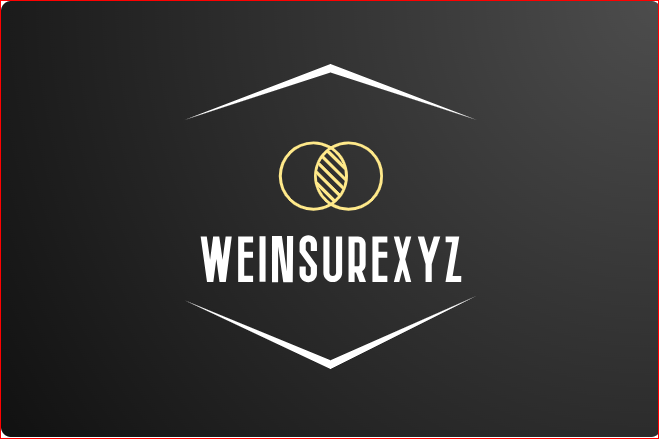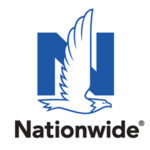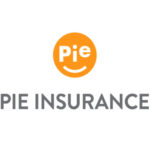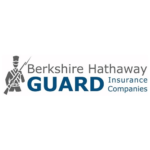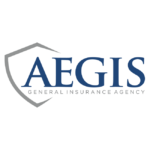Crafting a Natural Disaster Risk Management Plan for Your Business: A Comprehensive Guide
Having a solid natural disaster risk management plan in place is essential for safeguarding your business and ensuring continuity in the face of adversity. In this guide, we’ll walk you through the steps to create a robust risk management plan that will help you weather any storm.
The effects of a natural disaster are never predictable, especially when business owners or homeowners are unprepared for the devastation caused by a fire, hurricane, or other natural disaster. Many efforts can be put in place to either prepare for a natural disaster or ease the recovery process once devastation has occurred. Many non-profit organizations and associations have gathered to help victims of natural disasters recover from severe losses. One network in particular, the Insurance Information Network of California (IINC), is taking great measures to aid those deeply affected by or at risk for loss from a natural disaster.
Assessing Your Risks
Before you can develop a natural disaster risk management plan, you need to understand the specific risks facing your business. Start by conducting a thorough risk assessment to identify potential hazards such as hurricanes, earthquakes, floods, wildfires, and tornadoes. Consider factors like your geographical location, climate patterns, and the susceptibility of your facilities and infrastructure to natural disasters.
Creating a Disaster Response Team
Once you’ve identified your risks, it’s time to assemble a disaster response team. This team should include key stakeholders from across your organization, including managers, department heads, and safety personnel. Designate roles and responsibilities for each team member, and ensure that everyone understands their role in executing the risk management plan during a natural disaster.
Developing Emergency Procedures
Next, develop emergency procedures that outline the steps your team should take before, during, and after a natural disaster. This includes protocols for evacuating employees, securing facilities, protecting vital assets and equipment, and communicating with stakeholders. Make sure your procedures are clear, concise, and easily accessible to all employees.
Establishing Communication Channels
Effective communication is critical during a natural disaster. Establish communication channels that allow you to stay in touch with employees, customers, suppliers, and other key stakeholders before, during, and after an event. This may include setting up a phone tree, creating email distribution lists, and utilizing social media platforms to provide updates and instructions.
Implementing Risk Mitigation Measures
In addition to preparing for emergencies, it’s essential to implement risk mitigation measures to reduce the likelihood and impact of natural disasters on your business. This may include fortifying buildings and infrastructure, investing in flood barriers and storm shutters, securing backup power sources, and relocating critical operations to safer locations.
Training and Testing
Once your natural disaster risk management plan is in place, don’t forget to train your employees and conduct regular drills to ensure everyone knows what to do in an emergency. Practice evacuations, fire drills, and other emergency procedures to ensure that your team is prepared to respond effectively when disaster strikes.
The Business Insurance Toolkit
The toolkit includes a disc titled Prepare, Survive, Recover in which articles, videos and website links are provided for consumers to access important information on preparing for devastating natural disasters as well as advice for recovering from disasters like the Angora wildfire.
Along with the Prepare, Survive, Recover disc, the toolkit also includes free home inventory software. Homeowners and business owners alike can utilize the software to conduct an inventory analysis of their home or business. The major benefit that this software provides is the ability for homeowners and businesses to use their inventory to gauge the appropriate amount of insurance needed. Plus, the inventory will serve as an important recovery tool in the event of a loss.
To obtain a free toolkit or to find more information on this subject or related topics, visit www.iinc.org. Consumer tips and advice are also available on the IINC podcast, “IINC Spots” at www.iincspots.com.
Reviewing and Updating
Finally, remember that natural disaster risk management is an ongoing process. Regularly review and update your risk management plan to reflect changes in your business, industry best practices, and lessons learned from past incidents. Stay informed about emerging threats and adapt your plan accordingly to ensure that your business remains resilient in the face of adversity.
Conclusion: Be Prepared, Stay Safe
In conclusion, creating a natural disaster risk management plan is essential for protecting your business, employees, and assets from the unpredictable forces of nature. By assessing your risks, assembling a disaster response team, developing emergency procedures, establishing communication channels, implementing risk mitigation measures, training your employees, and regularly reviewing and updating your plan, you can ensure that your business is prepared to weather any storm. So, don’t wait until it’s too late—start crafting your risk management plan today and take proactive steps to safeguard your business against natural disasters.
